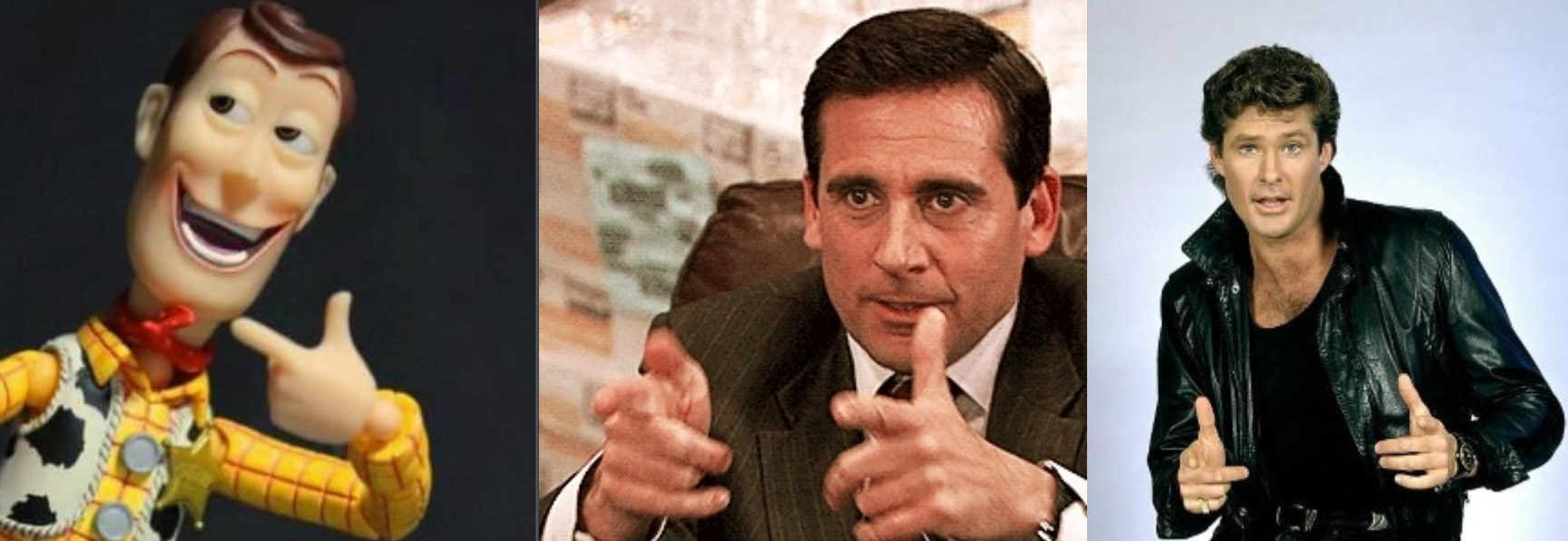If you want to improve your fingerstyle technique on the bass guitar, here's a great place to start.
When playing the bass guitar, make sure you're striking the string with straight fingers.
It's a common mistake that guitarists make when playing bass guitar. They tend to play the strings in the same way that a guitarist would arpeggiate a chord on the guitar; by bringing their fingers away from the strings in a tirando style. However, when playing bass guitar, we must use 'rest stroke' or 'apoyando' fingers.
With the rest stroke, we'll use our index and middle fingers to play, and our straight fingers to strike through the string, allowing it to rest on the string above.
This technique has the advantage of giving you a fuller, louder, fatter tone with a lot more bass.
It's important to note that this technique may cause blisters on your fingers at first. However, if you rest your fingers for a day or two, the blisters will heal and your fingers will form calluses, allowing you to play for longer periods of time without pain.
Your fingers will become stronger and more adept at this technique with regular practice.
In conclusion, remember to apply the "rest stroke" fingers technique if you want to improve your fingerstyle bass guitar playing. Although it could take some getting used to, it will give your playing a deeper, richer tone and enable you to advance to the next level. Don't be frightened to get calluses; they will enable you to play more comfortably and with ease, and you'll soon be playing like a pro!





















